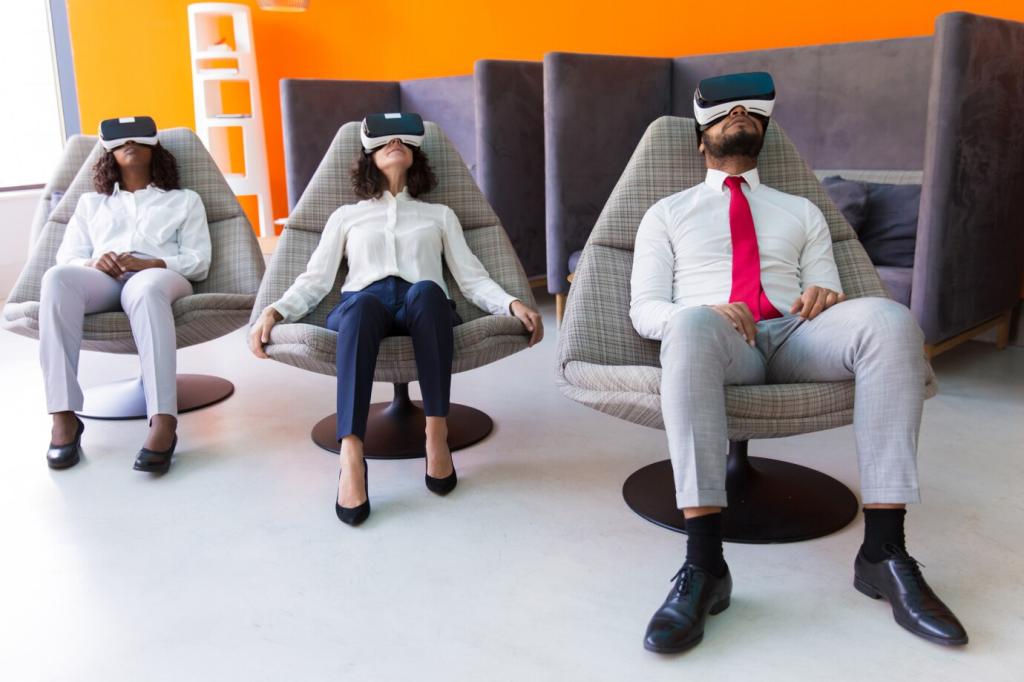
The Future of Workspaces: Smart Furniture Solutions
Chosen theme: The Future of Workspaces: Smart Furniture Solutions. Step into a flexible, human-centered future where desks learn, chairs adapt, and spaces reshape around your best work. Subscribe, comment, and help us design tomorrow’s workplace together.
Why Smart Furniture Defines the Future of Work
Sensing the rhythm of your day
Imagine a sit‑stand desk that remembers your mornings, nudges gentle posture shifts before fatigue sets in, and syncs lighting to your natural energy waves. Smart furniture quietly supports momentum, helping you avoid burnout without micromanaging your flow.
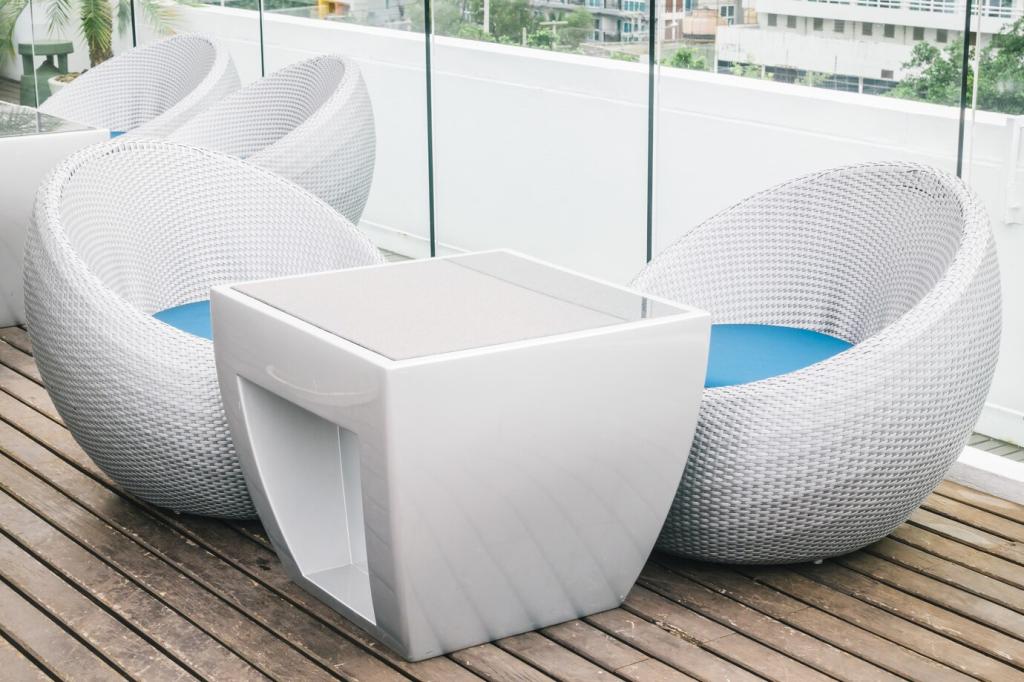
Ergonomics, Reimagined by Intelligence
Chairs that listen to your spine
Next-generation chairs track micro-movements, balancing lumbar support and seat tilt as you shift from writing to video calls. Instead of one perfect setting, smart furniture adapts continuously, protecting joints and circulation while keeping you present, engaged, and comfortably aligned.
Desks that coach, not nag
Nudges arrive when your calendar shows intense focus, not in the middle of flow. Smart furniture suggests posture refreshes, eye breaks, and stand intervals based on your patterns, so guidance feels like a thoughtful colleague, never an annoying notification.
Microclimate comfort at arm’s length
Integrated fans, task lights, and foot warmers create a personal comfort bubble without blasting the whole office. Smart furniture lets each person tune warmth, brightness, and airflow, reducing conflict and energy waste while supporting deep concentration and calm bodies.
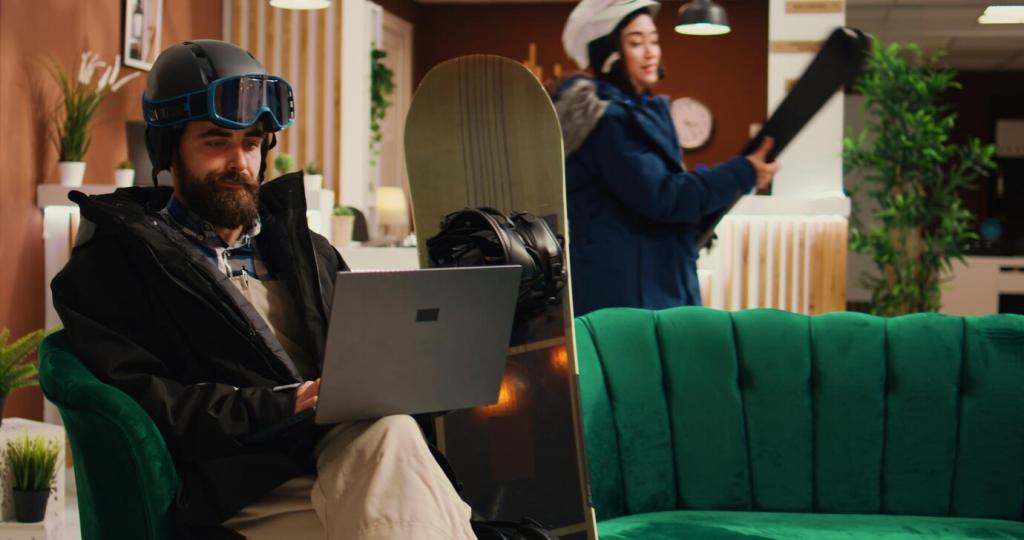
Seamless Connectivity and IoT That Just Works
Tap your phone on the desk tag and everything aligns: height adjusts, lights warm, your preferred noise profile activates, and conferencing gear pairs instantly. Smart furniture turns ten fussy steps into one smooth ritual that respects precious attention.
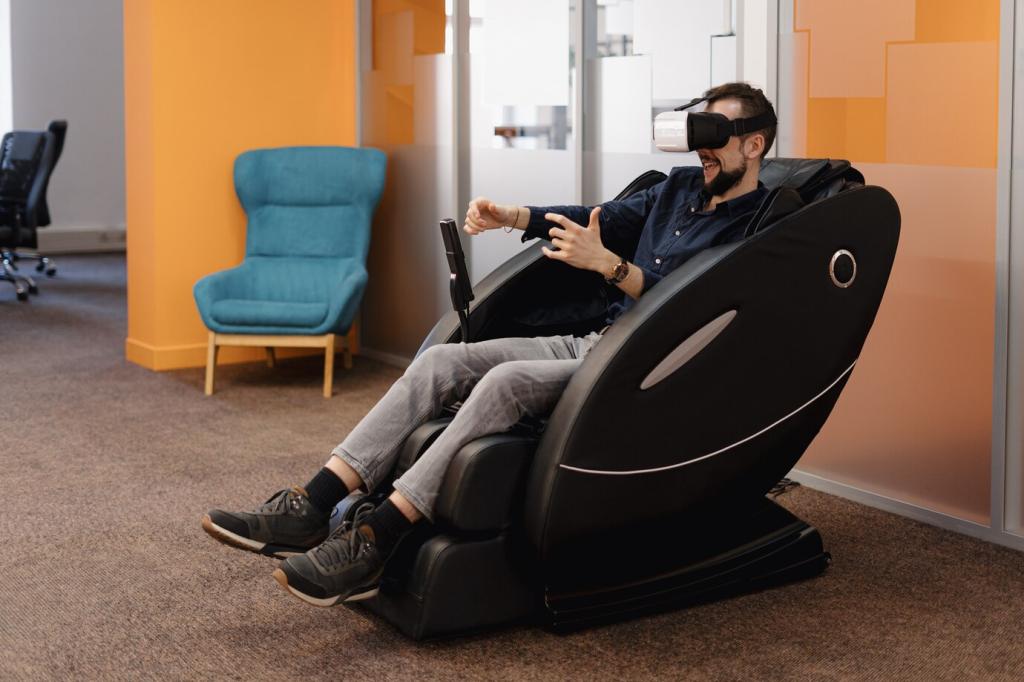
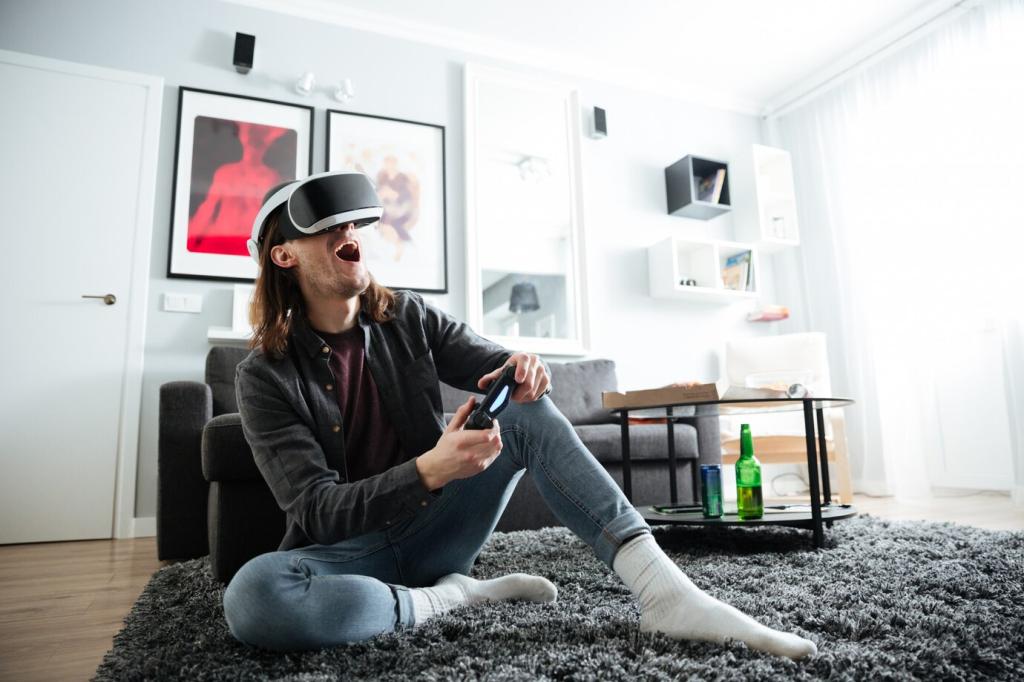
Seamless Connectivity and IoT That Just Works
A virtual map mirrors seats, pods, and collaboration zones in real time. Smart furniture shares availability, acoustic levels, and equipment status so you can find a quiet corner, a maker bench, or a meeting nook without walking a single extra loop.
Sustainability Built Into Every Smart Surface
01
Kinetic cranks, integrated cable management, and low-voltage power rails reduce battery waste and clutter. Smart furniture can harvest small amounts of energy from ambient light or movement, powering sensors that guide comfort without demanding a heavy, wasteful infrastructure.
02
Frames from recycled aluminum, tops from responsibly sourced wood, and fabrics woven from reclaimed fibers keep resources in circulation. Smart furniture becomes even smarter when designed for disassembly, enabling easy part swaps and manufacturer take-back programs at end-of-life.
03
Firmware updates extend lifespan by unlocking new features without replacing hardware. Smart furniture decouples intelligence from structure, so you can upgrade sensors or controls while preserving the desk, the chair, and the planet’s limited material budget.
Hybrid Work and Spaces That Flex on Demand
Space that greets you by name
Reserve a seat, arrive, and watch the setup switch to your profile. E‑ink labels update, your ergonomic preferences load, and the room displays your team schedule. Smart furniture makes shared environments feel personally welcoming, never anonymous or chaotic.
Teaming in minutes, not weeks
Rolling tables lock together, magnetic power snaps enable instant electrification, and privacy panels fold out like origami. Smart furniture helps teams spin up brainstorming zones, prototype bays, or focus rows between meetings without a single facilities ticket.
Home office harmony without the clutter
Compact sit‑stand desks with hidden cable tracks, soft acoustic screens, and ambient task lights create a calm corner anywhere. Smart furniture respects small apartments and large ambitions, enabling professional-grade comfort without sacrificing living space or style.
Privacy, Ethics, and Trust by Design
Telemetry with consent, not surveillance
Occupancy and comfort data should stay anonymous and aggregated, focused on space performance rather than individual monitoring. Smart furniture works best when people understand what is collected, why it matters, and how opting out remains a respected choice.
Clear labels and real choices
Every sensor gets a visible label and an accessible dashboard. Smart furniture should include simple toggles, retention timelines, and data export options, empowering people to participate in shaping how their workplace learns, adapts, and safeguards their autonomy.
Culture over dashboards
Trust grows when leaders model respectful use of data and prioritize well-being over metrics. Smart furniture can inform better decisions, but culture determines whether insights become supportive nudges or pressure. Share your expectations and help define responsible norms.
Getting Started: A Smart Furniture Playbook
Diagnose, then design
Map pain points: sore backs, meeting bottlenecks, tangled cables, or finding quiet rooms. Smart furniture succeeds when it solves real problems. Invite team feedback, prioritize outcomes, and build a shortlist that balances ergonomics, interoperability, and sustainability.
Pilot, measure, iterate
Run a focused trial with clear goals such as posture adherence or setup time. Smart furniture reveals its value through lived experience, not spec sheets. Capture stories, collect metrics, and refine the mix before rolling out more broadly across teams.
Join the conversation
Tell us which smart furniture features you crave, where your setup succeeds, and where it falls short. Subscribe for future deep dives, real-world case studies, and practical guides—and share photos of your evolving workspace to inspire fellow readers.
